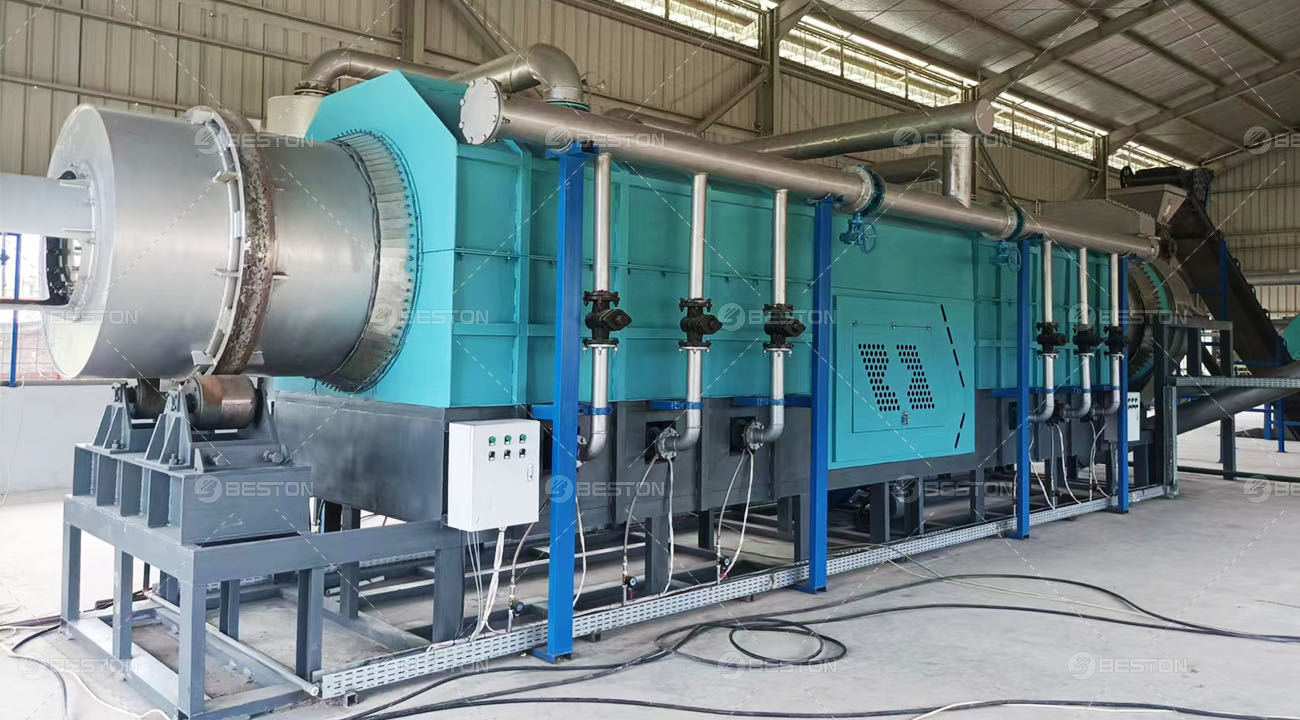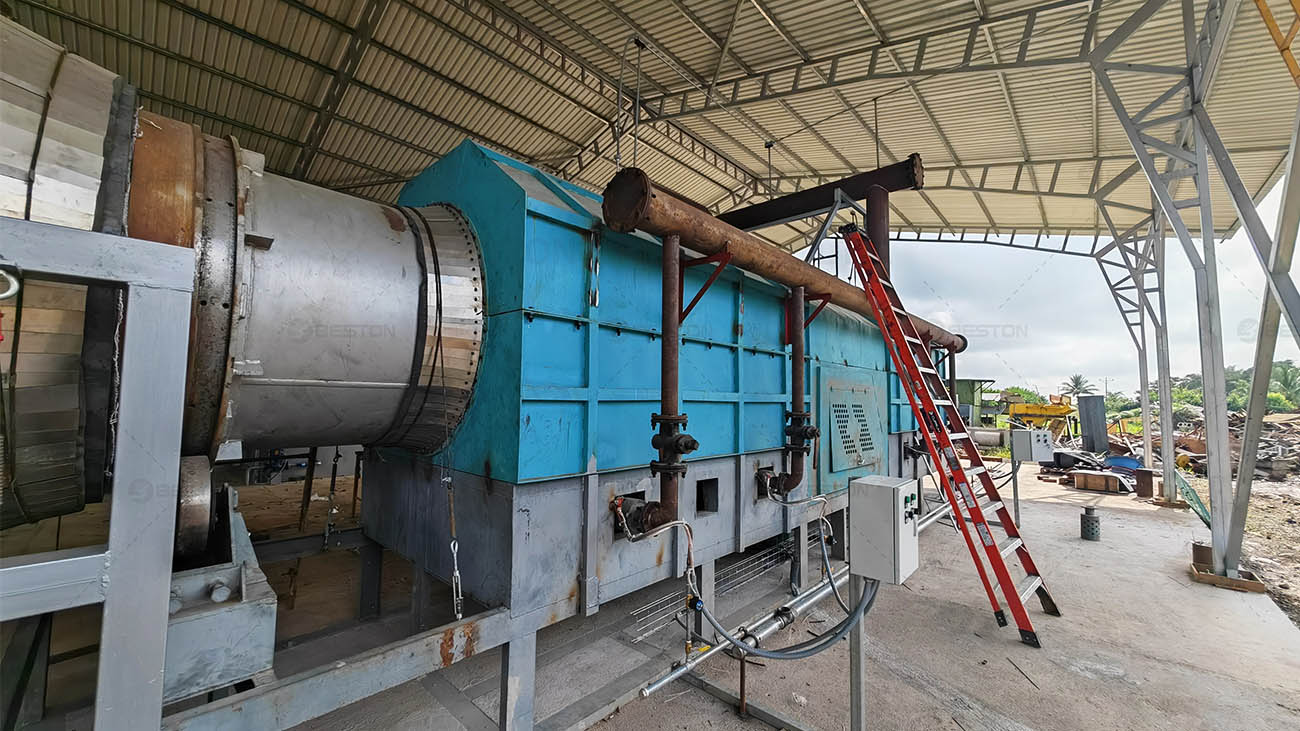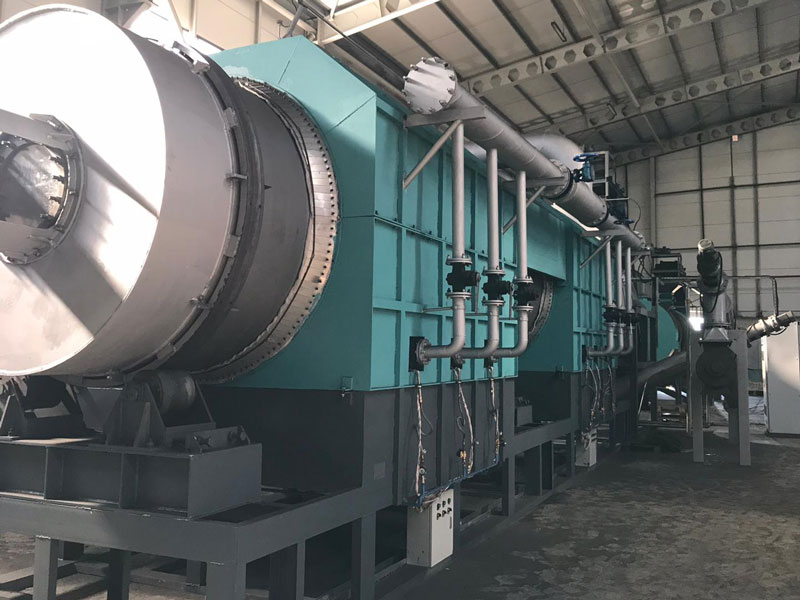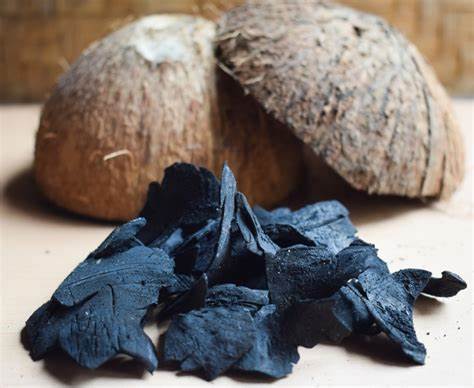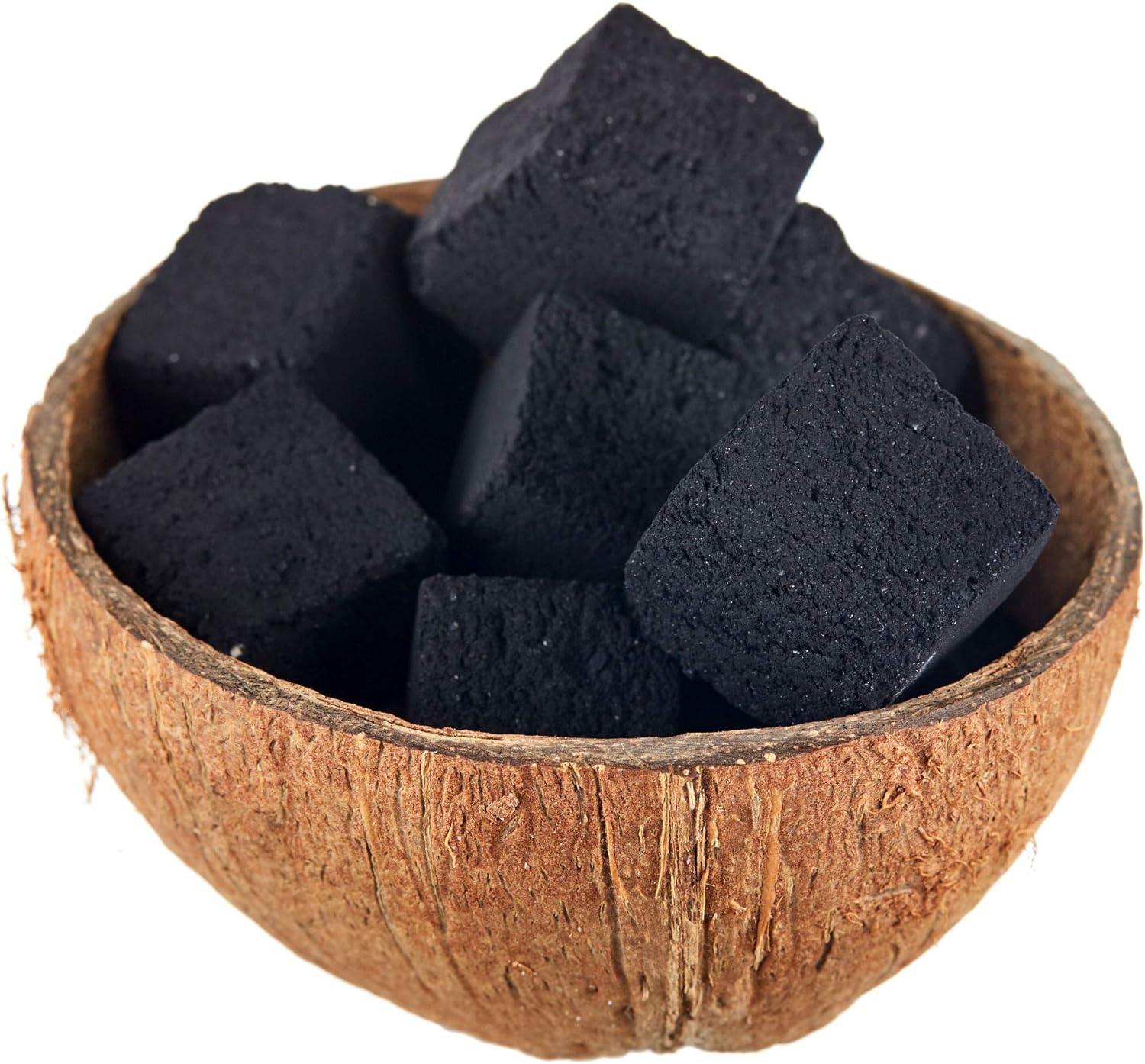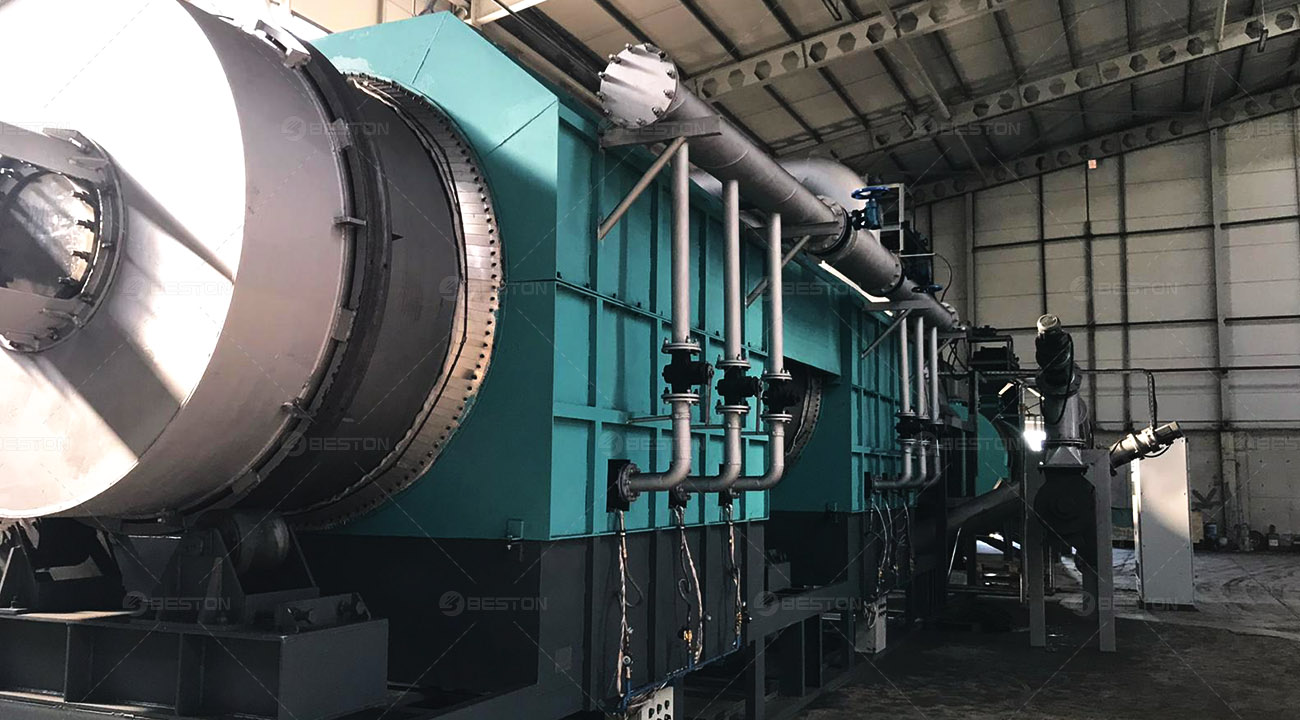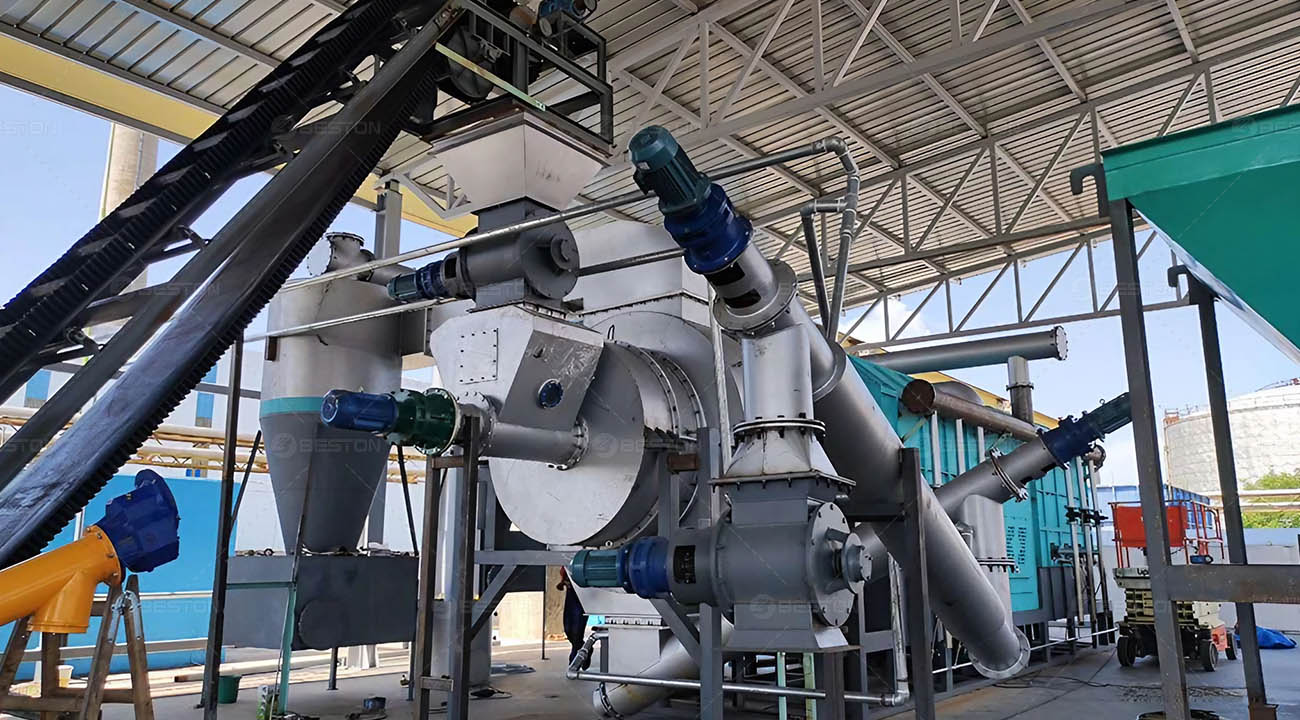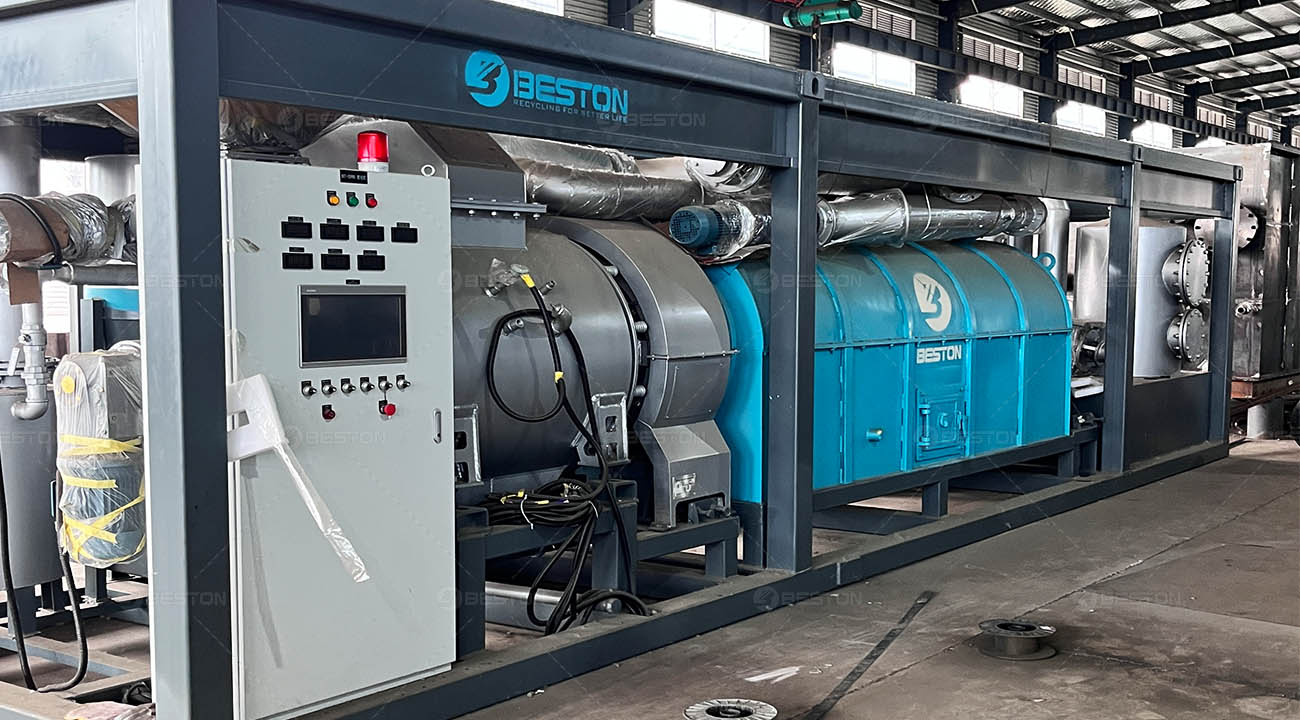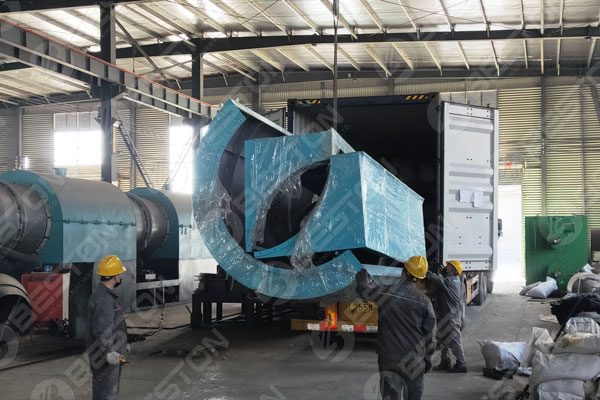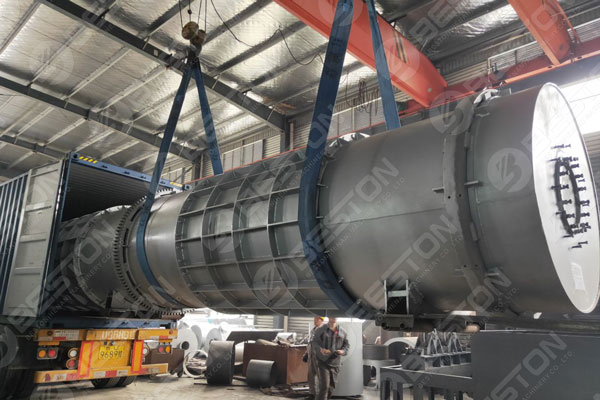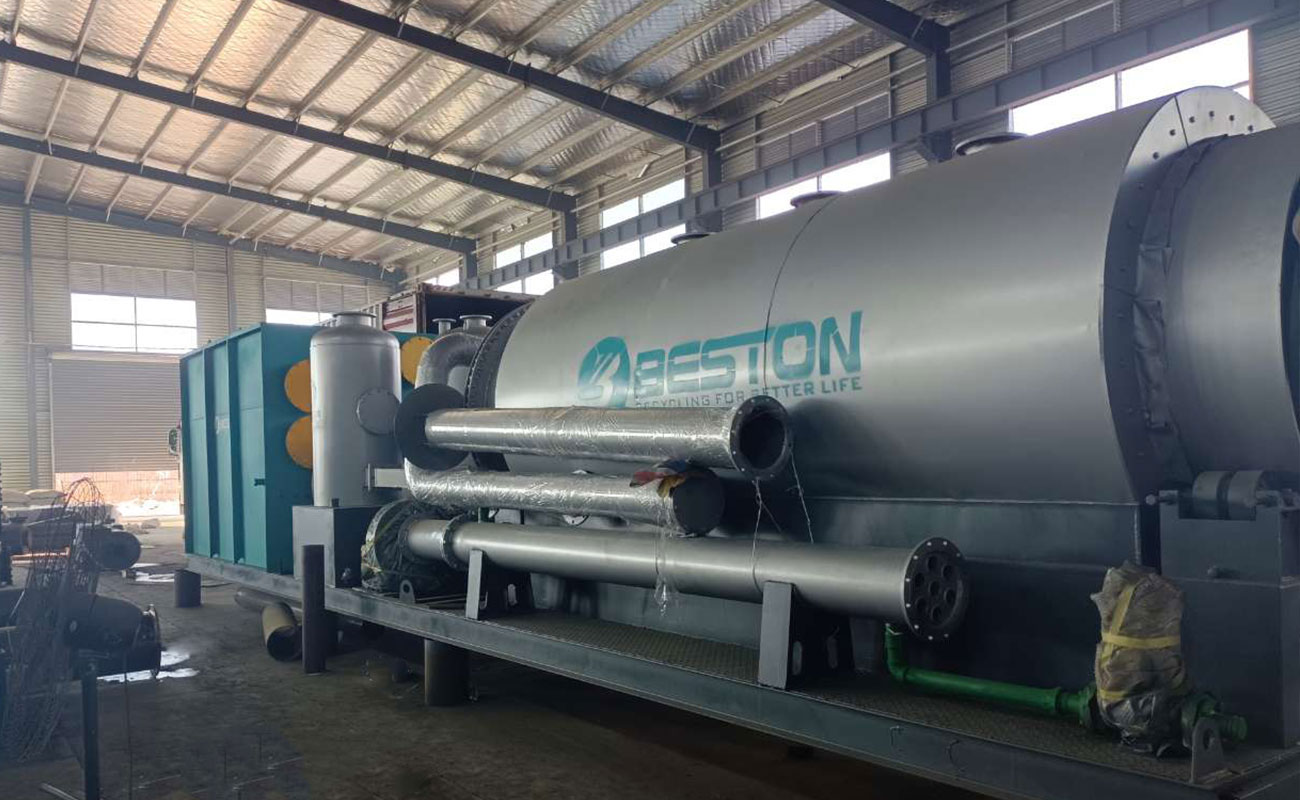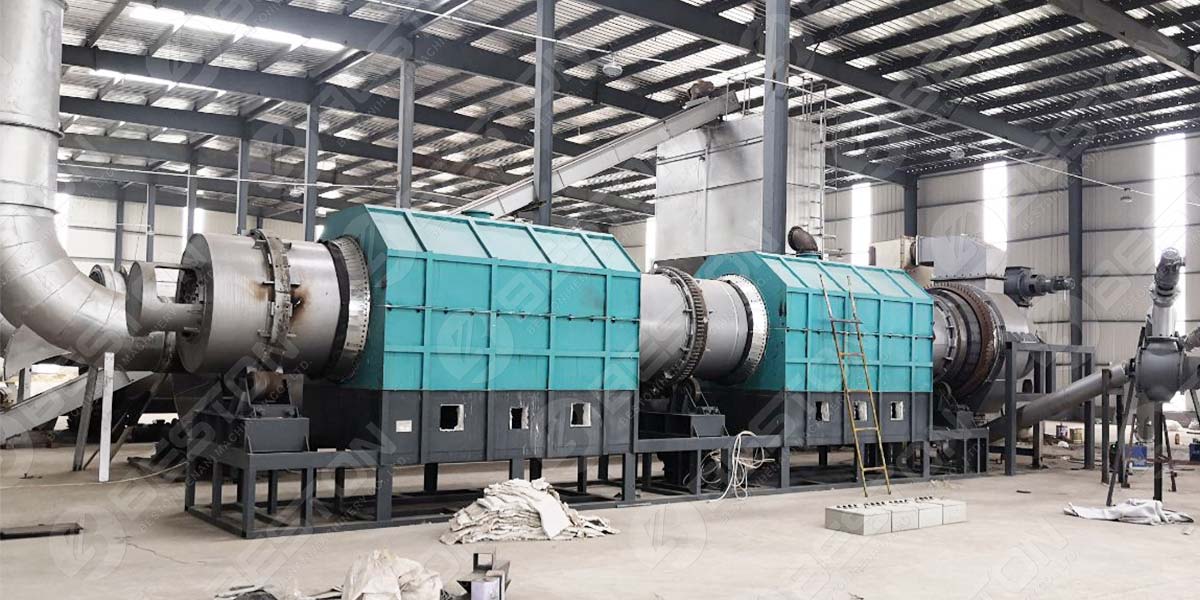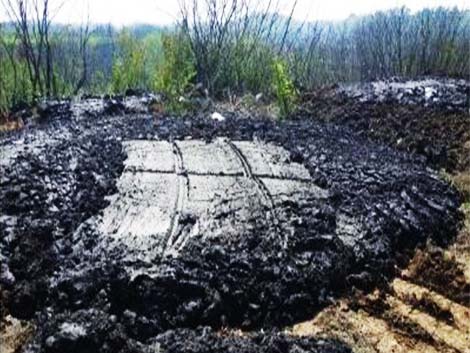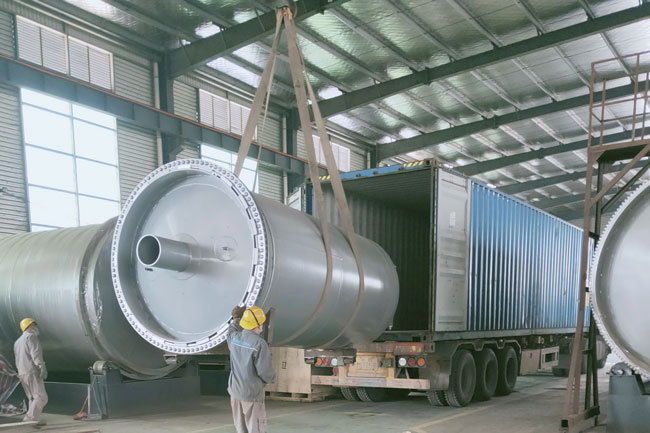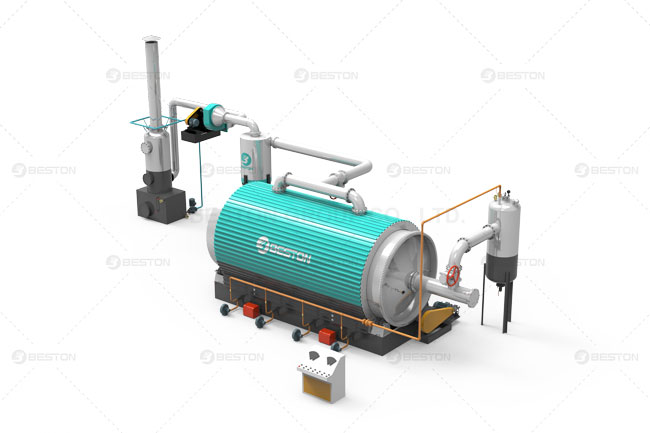The price of a charcoal machine is subject to various factors, each contributing to its final cost. Whether for small-scale or industrial production, understanding these elements can help businesses make informed decisions when investing in a machine that best suits their operational needs. The market offers different types of charcoal machines—mobile, batch, and continuous—and the selection of the right type can dramatically influence both upfront and long-term expenditures.
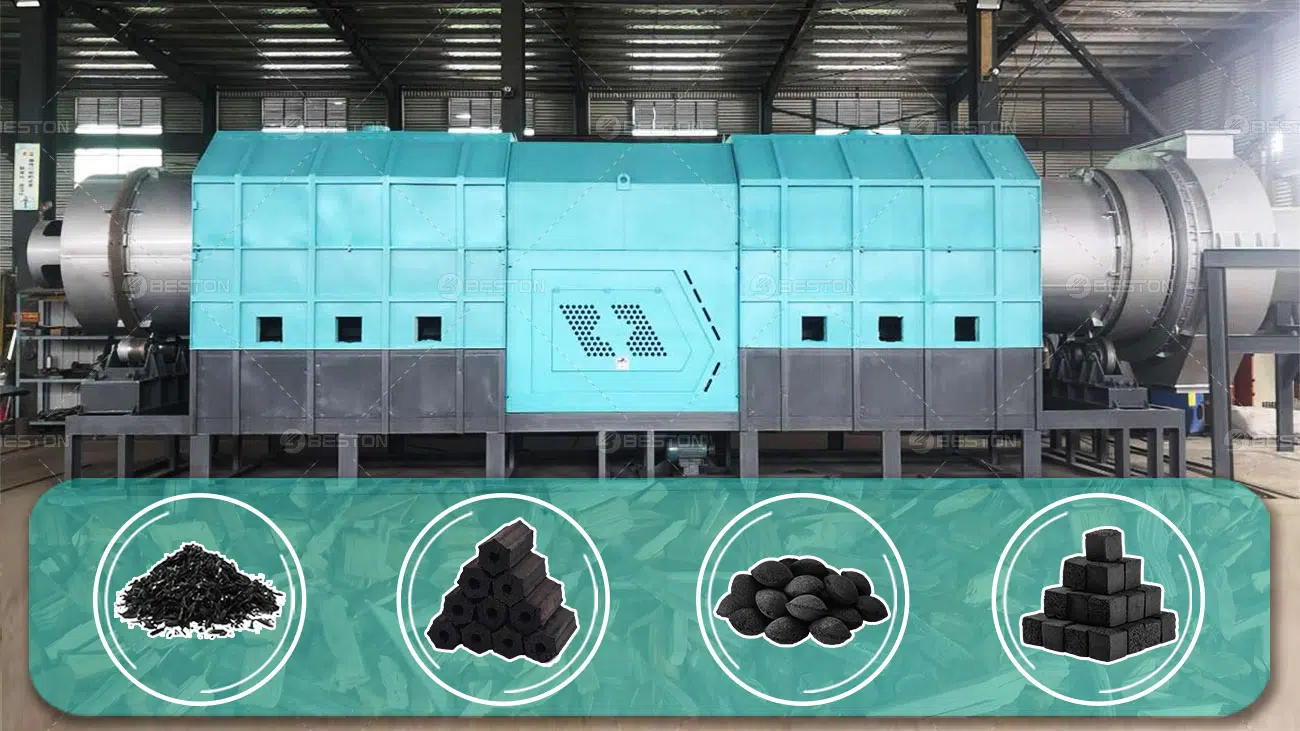
1. Type of Charcoal Machine
The type of charcoal machine significantly impacts its price. There are three main types: mobile, batch, and continuous machines, each with distinct features that cater to different production capacities and business models.
- Mobile charcoal machine: This type is ideal for businesses requiring flexibility and mobility. It allows operators to move the equipment to different locations, making it suitable for decentralized production or where the raw materials are spread across multiple sites. Mobile machines tend to be more affordable than large-scale continuous systems due to their compact design and lower output capacity. However, the convenience of mobility might come at the cost of limited productivity.
- Batch charcoal machine: Batch systems are designed to process a fixed amount of raw materials per cycle. These machines are suitable for businesses that do not require continuous operation but prioritize efficiency and reliability in smaller-scale production. While they can offer higher throughput than mobile biochar machine, batch systems require downtime between cycles to reload materials and maintain the machine. This operational model tends to make them moderately priced compared to continuous systems.
- Continuous charcoal machine: Continuous systems are designed for large-scale, uninterrupted production. These machines can process significant volumes of raw materials with minimal operator intervention. Due to their ability to run non-stop, continuous machines are more expensive than batch or mobile alternatives. They require substantial initial capital investment but offer superior efficiency and lower long-term operating costs.
2. Production Capacity
The production capacity of a charcoal machine is directly proportional to its price. Machines with higher output capacity naturally demand more sophisticated engineering and robust materials, which increase manufacturing costs. For example, a continuous charcoal machine designed to handle several tons of material per day will be significantly more expensive than a mobile or batch machine with a much smaller output.
Small-scale producers might opt for a mobile machine to manage lower volumes, whereas large industrial operations typically require a continuous machine to achieve economies of scale. Businesses must carefully assess their production needs when considering the capacity-to-price relationship.
3. Automation and Technology
The level of automation embedded in a charcoal machine influences its price as well. Continuous machines generally incorporate advanced automation systems, reducing the need for manual labor. Features like automated feeding, temperature control, and real-time monitoring can increase efficiency but also elevate the charcoal briquettes machine price.
Conversely, batch machines may rely more on manual intervention, which can help reduce the upfront cost but increase labor expenses over time. Mobile machines, while often less automated, offer the advantage of operational flexibility, balancing lower cost with ease of use.
4. Material Quality and Durability
The materials used in the construction of a charcoal machine are critical to its durability and performance. High-quality steel, corrosion-resistant coatings, and heat-resistant components not only ensure the machine’s longevity but also drive up its cost. Continuous machines, designed for 24/7 operation, are typically built with more durable materials to withstand constant use and the high temperatures involved in charcoal production.
Batch and mobile machines, while generally more affordable, may use less durable materials that are suitable for intermittent use but may require more frequent maintenance and eventual replacement.
5. Energy Efficiency
Energy consumption is another crucial factor. Continuous charcoal machines, while offering high production rates, also consume substantial energy, which adds to their operational cost over time. Batch machines may offer more energy-efficient cycles, as they are only operational during active production periods. Mobile machines, depending on their design, can be energy-efficient for smaller, more flexible operations, but might not offer the same level of efficiency as large industrial machines.
Higher initial charcoal machine price may leads to lower long-term operating expenses, making them a smart investment for businesses looking to reduce their carbon footprint and energy bills.
6. Maintenance and After-Sales Support
The long-term cost of owning a charcoal machine is heavily influenced by its maintenance requirements and the availability of after-sales support. Machines that are easier to maintain, with readily available spare parts, can reduce downtime and operational disruptions. Continuous machines, with their complex systems, may require more specialized maintenance, which can increase operating costs. Batch and mobile machines, by virtue of their simpler designs, might offer lower maintenance costs, but could require more frequent servicing if not built for industrial-grade use.
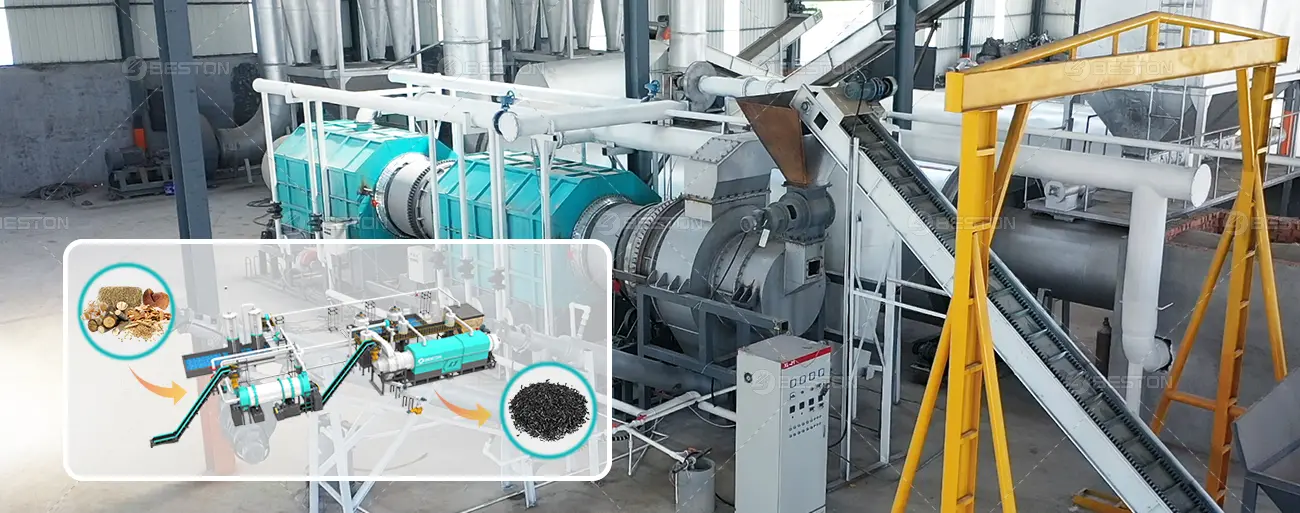
Conclusion
The price of a charcoal machine is determined by several interrelated factors, including machine type, production capacity, automation, material quality, energy efficiency, and maintenance needs. Businesses must evaluate these aspects based on their production goals, budget, and long-term operational strategies to make a well-informed investment decision. Understanding these elements allows for a strategic approach to selecting the most cost-effective machine for specific production requirements. For more charcoal production solutions, please contact Beston China.
